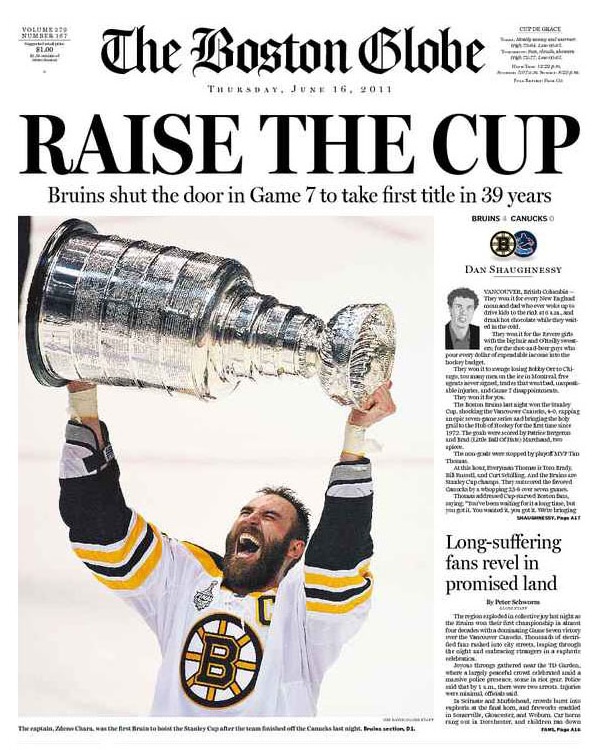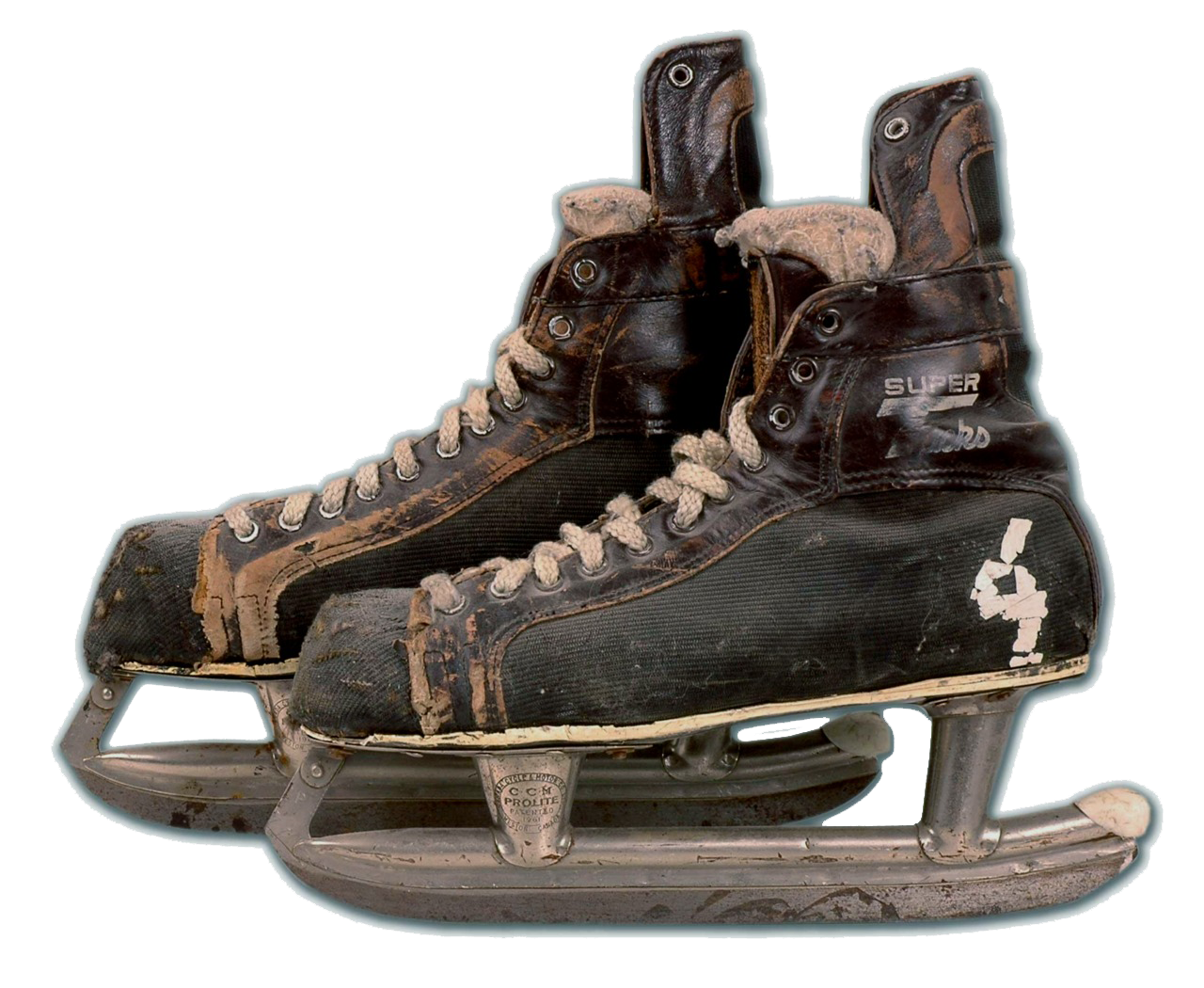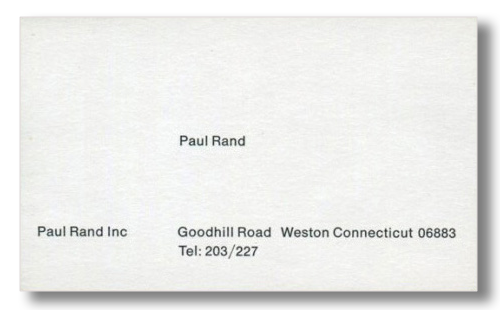“This man is an author. He writes stories. He has just finished writing a story. He thinks many people will like to read it. So he must have the story made into a book. Let’s see how the book is made.”
Blog
Mencken on great artists and virtuous men
The great artists of the world are never Puritans, and seldom even ordinarily respectable. No virtuous man — that is, virtuous in the Y.M.C.A. sense — has ever painted a picture worth looking at, or written a symphony worth hearing, or a book worth reading.
H.L. Mencken
How to Tie Your Shoes
Front page

Wings not included

On auction: Bobby Orr’s skates, worn during the 1974-75 season.
Think Quantity
As I read about how creativity works, an idea keeps recurring:
Groundbreaking innovators generate and execute far more ideas. Research has shown that the single strongest correlation to innovative success — any category, anywhere, artists, scientists, entrepreneurs, policymakers, musicians — is the number of ideas they came up with and tried to make happen.… The reason why we see this relationship is because of a fundamental flaw in humans when it comes to creative and innovative ideas, which is: we are not particularly good at predicting what’s going to work or not work.
I stumbled across that quote in a talk by Frans Johansson (at around 5:45 of the video). It echoed a similar striking quote from Robert Sutton, which I mentioned a few weeks ago.
Renowned geniuses like Picasso, da Vinci, and physicist Richard Feynman didn’t succeed at a higher rate than their peers. They simply produced more, which meant that they had far more successes and failures than their unheralded colleagues. In every occupation … from composers, artists, and poets to inventors and scientists, the story is the same: Creativity is a function of the quantity of work produced.
I was so struck by this idea, I decided to quickly check out the evidence.
- Artworks Picasso produced in his lifetime: 20,542*
- Inventions patented by Thomas Alva Edison: 1,093
- Major works written by Charles Dickens: 50**
- Compositions by J.S. Bach: over 1,000
- Scientific papers published by Einstein: over 300***
Those are outlandish numbers, obviously, from a cherry-picked list of the famously prolific. What happens when we ignore the obvious, certified geniuses? What if we look at a few of the modern novelists I admire most? Well, they are all prolific, too.
- Philip Roth: 27 novels, plus a half dozen other books of memoir and criticism
- Updike: 21 novels, 18 short story collections, 12 collections of poetry, 4 children’s books, 12 collections of non-fiction, plus an ocean of criticism that has never been collected in book form
- Bellow: 14 novels plus a half dozen or so short story collections and nonfiction
- Ian McEwan: 11 novels, 11 screenplays, 3 short story collections
- Graham Greene: 28 novels, 8 plays, 10 screenplays, 4 short story collections, plus memoirs, travel books, film criticism, etc.
No, it’s not the most scientific study. And there is some selection bias there: one of the reasons I admire these writers in the first place is that they have been so productive for so long. But it is hard to dispute Sutton’s conclusion: Creativity is a function of the quantity of work produced.
Lesson #1: Churn it out. Writers like Harper Lee — the one- or two-book writers who achieve great things — are a tiny minority. The surest way to create great work is to create a lot of work. Do not wait for the Big Idea; even if you had it, you would not recognize it. Execute a lot of ideas, even the imperfect ones. Trust that somewhere in that body of work will be the one or two transcendent achievements you are hoping for.
Lesson #2: Embrace failure. It is part of the creative process. You cannot succeed without failing — and failing a lot. No matter. As Beckett said, “Try again. Fail again. Fail better.”
For a procrastinator and perfectionist like me, those are two vital points to remember.
* 20,542 is just the number of Picasso’s works that have been confirmed and cataloged thus far. Estimates of all work produced range as high as 50,000.
** Famously prolific, Dickens’ total output is hard to quantify. Some line-drawing is necessary. I’ve counted as “major works” the 20 novels, 4 short story collections, 17 Christmas numbers of the magazines Dickens edited and contributed to, and 9 collections of nonfiction, poetry, and plays. (The list I used is here.) It is a rough but conservative estimate since it omits the deluge of shorter pieces he wrote for periodicals, not to mention his myriad other activities.
*** Einstein also published about 150 non-scientific papers, mostly on humanitarian or political subjects.
Paul Rand for Ford

Proposed logo for Ford, designed by Paul Rand, 1966. Details here.
